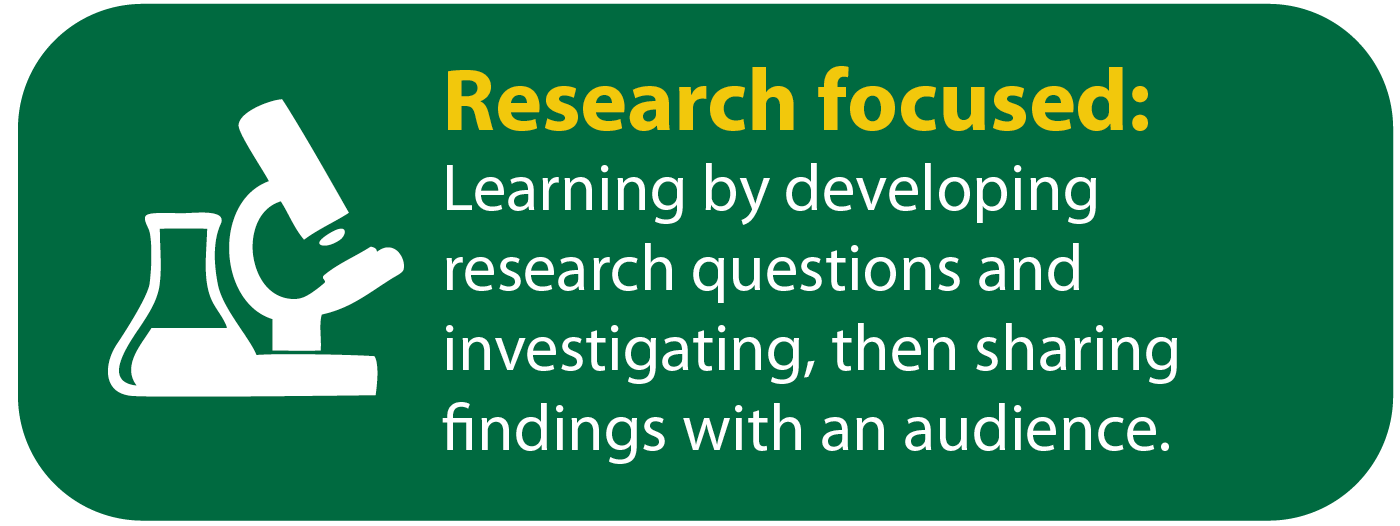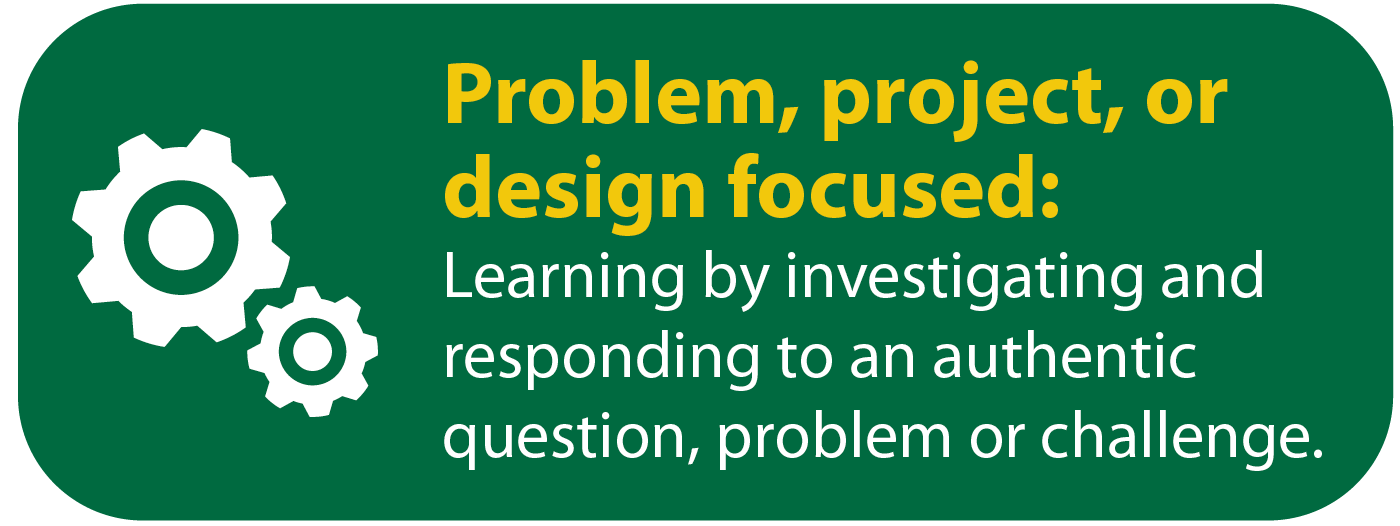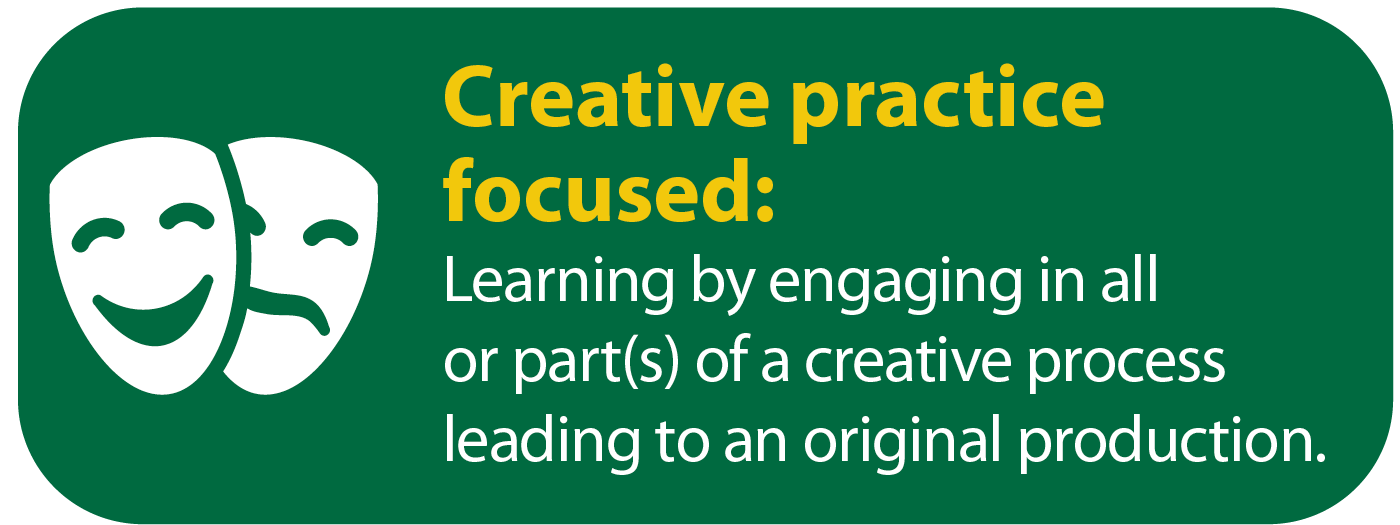What is Experiential Learning?
Experiential Learning (EL) is an engaged learning process where students practice and apply their education in authentic contexts. EL at USask consists of four essential elements outlined in the accompanying graphic below:

During the learning experience, students receive feedback and are engaged in reflection to deepen and advance the development of skills, knowledge, and beliefs. Experiential Learning builds career competencies and equips students to be prepared and successful in the real working world.
Doing: Students apply their knowledge (active learning) in a real situation that requires critical thinking and decision-making.
Context: The ‘doing’ occurs in authentic ways where students need to make decisions about what is important and the best path forward. This context may include a real problem, an actual client who students will help, or an audience beyond the classroom.
Feedback: Students get input about how well they apply their learning as it occurs and adjust their thinking or actions in response.
Reflection: Students consider the success of their approaches, generalizing what worked and considering how to improve as they learn.

Types of Experiential Learning at USask







